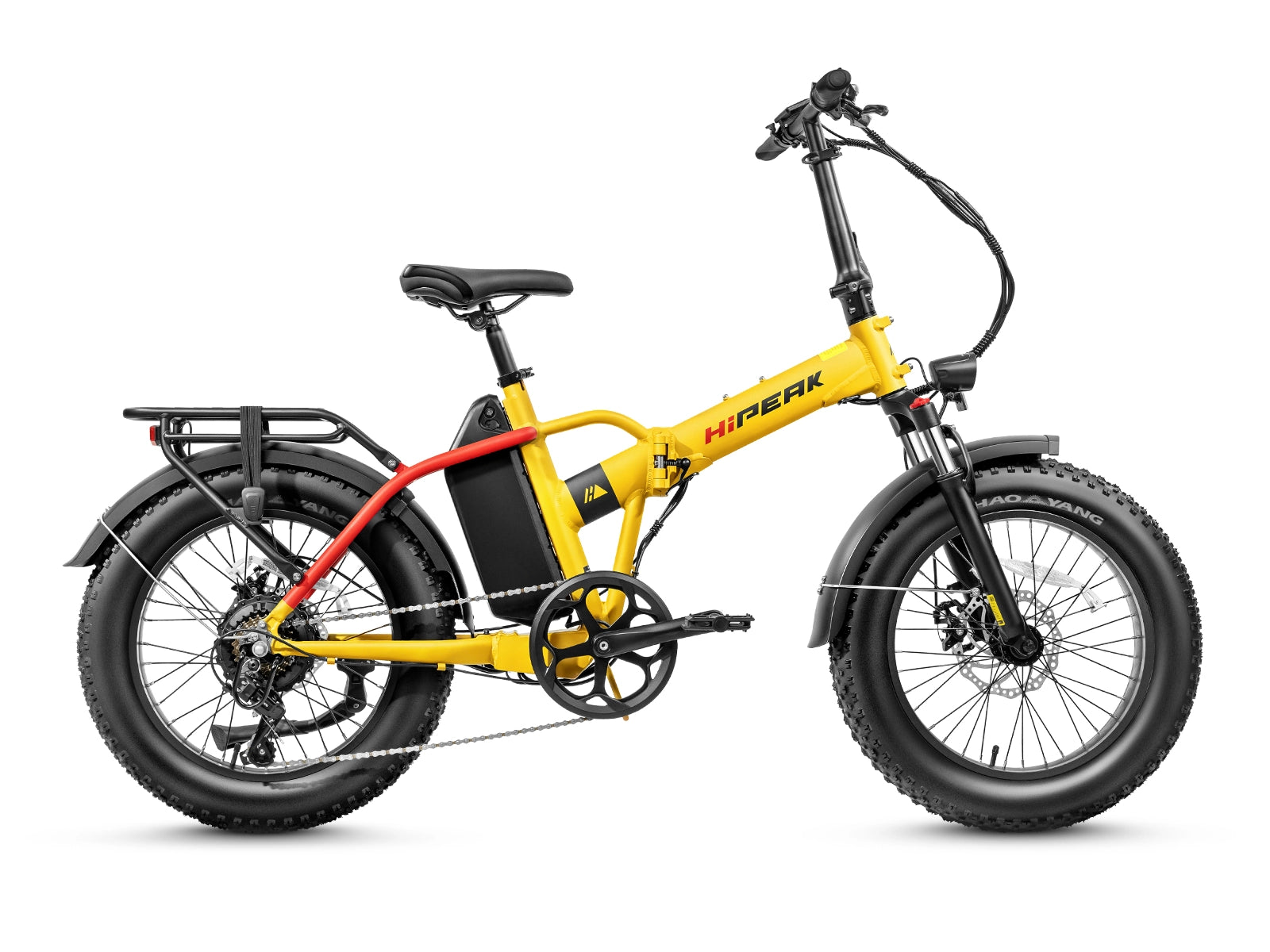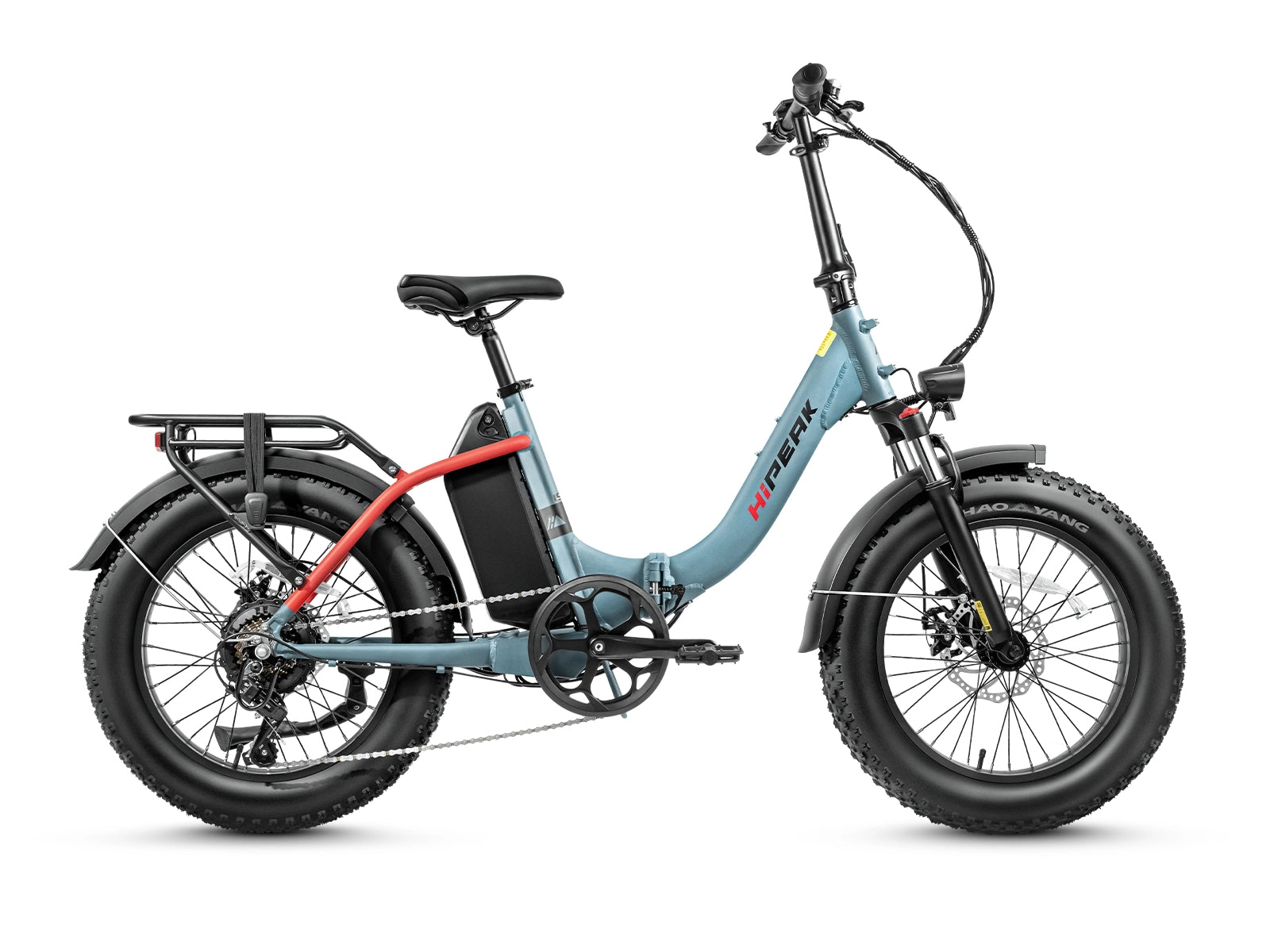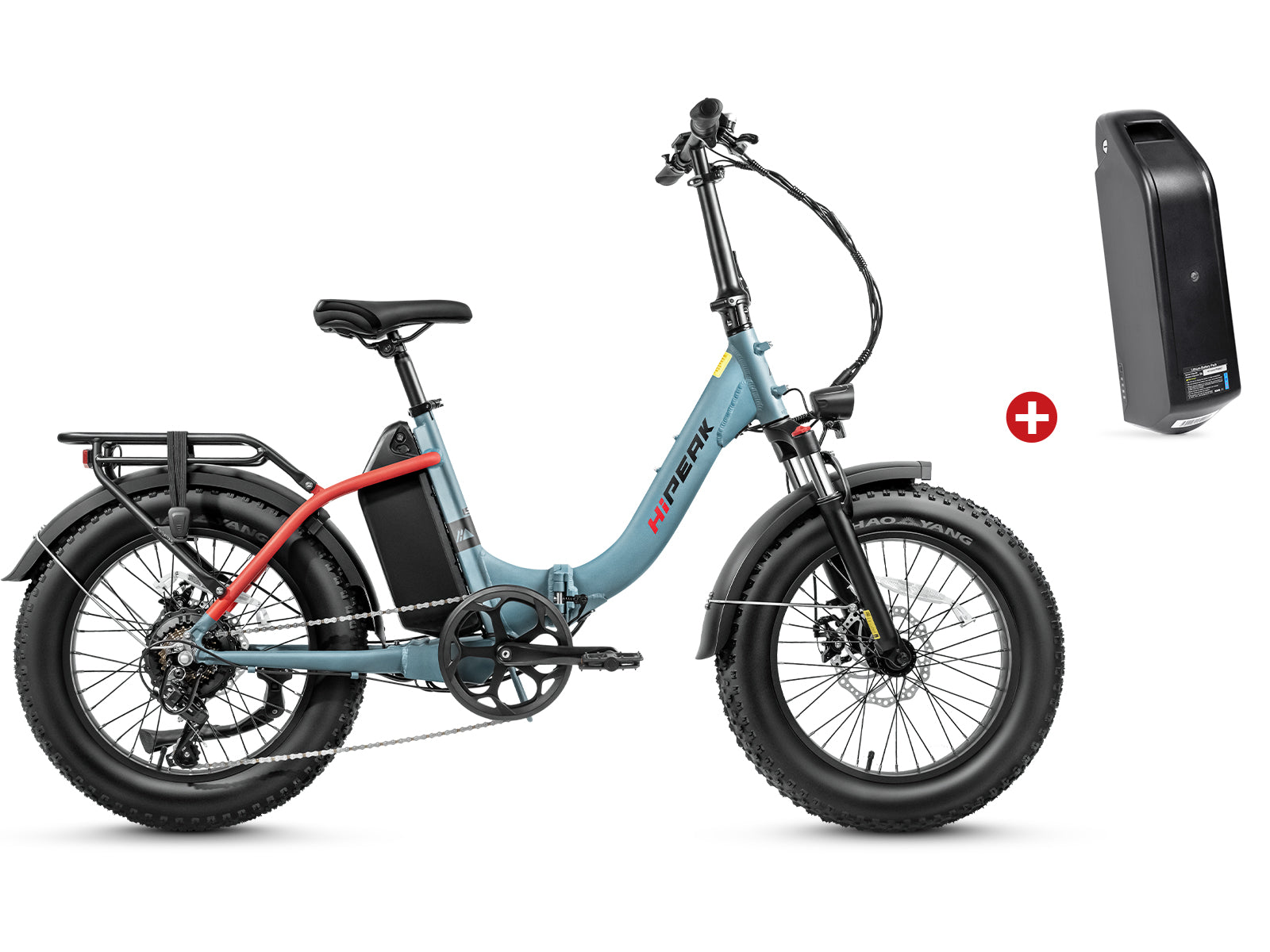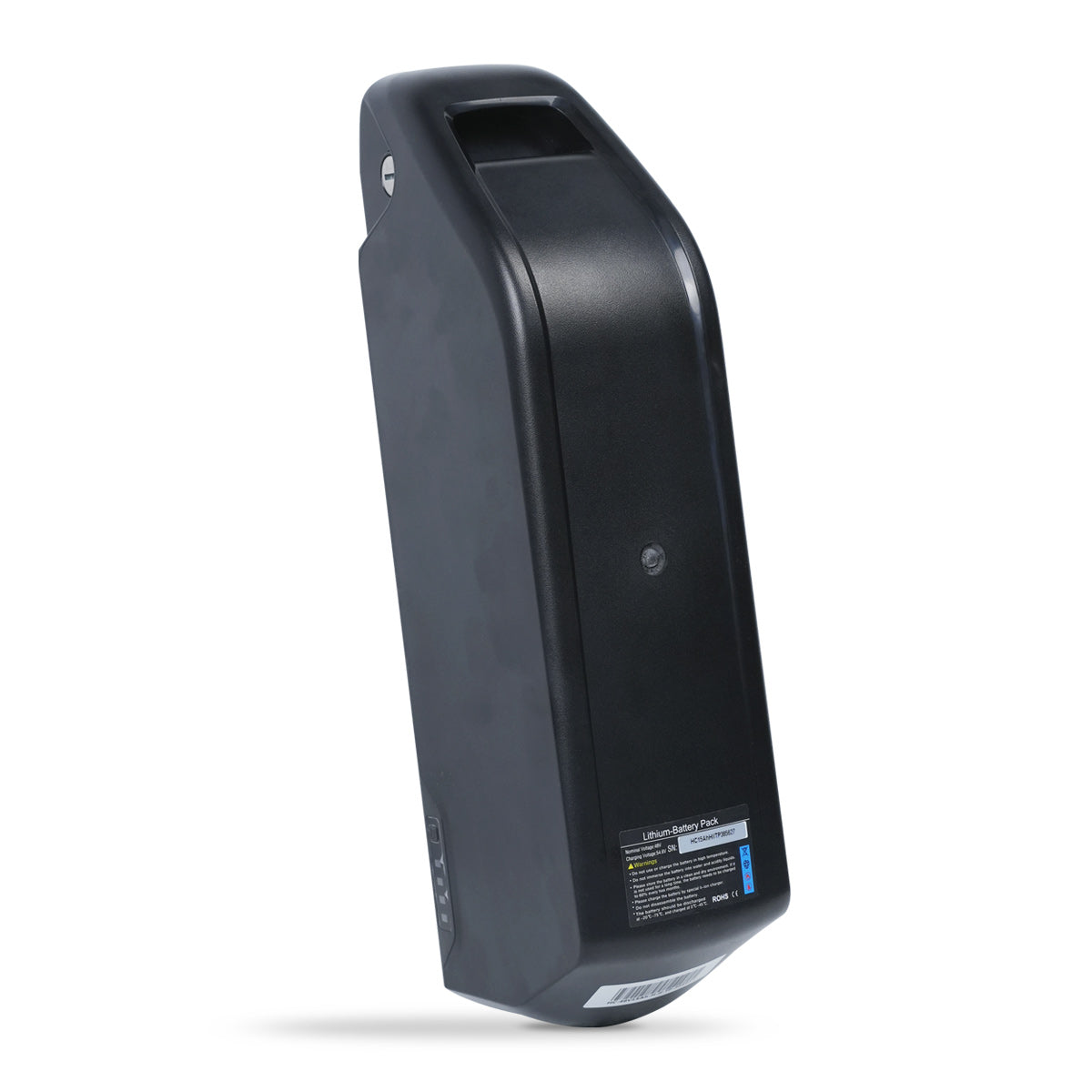8 Misconceptions About Riding E-bikes

Misconceptions about new technology are inevitable; this is especially true if the technology looks too wonderful to be true. No one wants to put in the time and effort required to become an expert on a topic truly, but everyone wants to have an opinion on the latest and greatest thing. This makes sense, considering how much value individuals place on time and ease of access to information. However, it is essential to have accurate information. Here, you will find the information required to put common misunderstandings to rest and dispel persistent fallacies regarding e-bikes.
We care deeply about serving the e-bike community with accurate and helpful data. We've been putting in the extra effort regularly so that you don't have to. Continue the momentum by debunking some frequent misconceptions about e-bikes. In this post, we dispel the most popular misconceptions about electric bikes and replace them with interesting and useful information that you may bring up the next time the topic of electric bikes comes up in conversation.
Misconception 1:"You Can't Ride Bikes in The Rain."
You may hear that riding an e-bike in the rain is dangerous. You can't count on that being accurate. You should take extra precautions, as with any outdoor activity, when riding our e-bikes in the rain, but they may still be used without issue because they are water-resistant. Using rust prevention spray, cover up your electric bike's screen, and installing mudguards are just a few of the simple things you can do to keep your bike in good condition in wet conditions.
Bike batteries are weatherproof and can withstand mild precipitation thanks to their excellent sealing. It is still a good idea to find shelter for you and your e-bike if you are caught in a deluge, just as it is with a regular bike. Never ride an electric bike in deep water or submerge one. Bicycles, including e-bikes, would be harmed by such conditions.
Misconception 2:"E-Bikes Require a Lot Of Extra Maintenance."
Remember that e-bikes are, at their core, still bicycles. Electronic bikes use the same gears, chains, and brakes as regular bicycles. Basic care for an electric bike can be considered like that of a regular bike. Like regular bikes, how much care an e-bike needs is heavily impacted by how often it is ridden. For example, a bike that is ridden every day will need more regular maintenance than one that is ridden just on the weekends.
Misconception 3:"E-Bikes Make People Lack Exercise."
In the same way that you can still pedal your regular bike whenever you want and at whatever intensity you choose, the same holds for your ebike. E-bikes aren't magic; they're just a helping hand. It's still possible to forego the battery's power and pedal your way to the top of that steep hill, though the added weight will certainly increase the intensity of your workout. Full-assist is possible on an e-bike, although it is not necessary. For instance, e-bikes often have five levels of assistance, allowing you to choose how strenuous your ride is precise. Turning off the help feature is an option.
An additional benefit of e-bikes is that they allow riders to cover more ground than they would be able to without the help of the motor, which means they can get into a longer workout session. According to research, the same amount of cardiovascular benefit may be gained by riding an e-bike as from a conventional bicycle. Read on for a deeper dive into the research and benefits of exercise.
Misconception 4:"E-Bikes Have Security Risks."
E-bikes are only as capable of attaining high speed as ordinary bikes. By design, the pedal assist will only aid in attaining a set maximum speed. After then, it will be 100% up to your leg power, like ordinary bikes. Many keen bikers can easily ride faster than the speed cap of e-bikes. For this reason, most nations allow e-bikes to share the same lane as standard bikes.
Misconception 5:"E-Bikes Are Cheating."
The health advantages of active travel are numerous. Active commuting has been linked to lower body mass index and decreased risk of a diabetes diagnosis. Reduced risk of death from all causes and cancer was seen in people who biked to work. [and] walking or bicycling to work was linked to a reduced risk of cardiovascular disease. Active commuting has been shown to improve health outcomes, especially for those who are already at risk. You're only shortchanging yourself if you'd rather sit on a bus, train, or couch and do nothing than enjoy yourself and get a little bit fitter but not as fit as you'd get on a non-assisted bike.
Misconception 6:"Ebikes Have Distance Limits."
Of course, electric bicycles need a battery, which only lasts for a while. Even when the battery is dead, the ebike may be ridden normally. While you can pedal an e-bike with pedal help for up to 40 miles, the decision of how far you want to go without pedal aid is entirely up to you. If you're up for the adventure, there's no limit to how far you can go on an electric bike (and your energy level).
Misconception 7:"E-Bikes Are for Lazy People."
To make the journey more enjoyable for everyone, electric bikes are made to be ridden with 50 percent pedal help and a 50 percent rider effort. Despite the reduced perceived effort, most people who transition to electric bikes report increasing their overall cycling distance. Depending on how you feel that day, you may choose whether to use pedal assistance on an e-bike.
Misconception 8:"E-Bikes Are for Young People."
While most people believe this to be true, evidence suggests otherwise. 8% of European people have electric bikes. In addition, 17% of respondents are interested in purchasing or riding an electric bike. The usefulness of electric bikes has begun to dawn on the public's consciousness. The bike's amazing tracking capabilities make it ideal for keeping tabs on your fitness progress. A minimum of 20% of the population in every European country is enthusiastic about cycling. It's easy to see that these numbers represent more than just seniors.
The British version of this statistic is slightly different. Electric bikes were only mentioned by 7% of respondents. But now that it's lighter and has GPS capabilities, more young people are interested. After all, they let you go far and promise you a lifetime of good health with minimal effort.
In comparison to cars, bikes are a more practical option for people's daily commutes because they can travel an average of 32,000 miles on a single charge. You will be able to avoid delays on the way to work. It also helps the environment in the long run by decreasing pollution. As such, this is arguably one of its most compelling selling points. More and more young people are likely to choose it in the future.
Conclusion
Finally, some individuals are concerned about e-bikes because of the myths that have been discussed above. These misunderstandings discouraged most people from joining this revolution. Many of the problems we face in our daily lives can be solved at a reasonable cost by switching to electric bikes. They are relatively inexpensive, risky, and dishonest to clear the air.





















Leave a comment